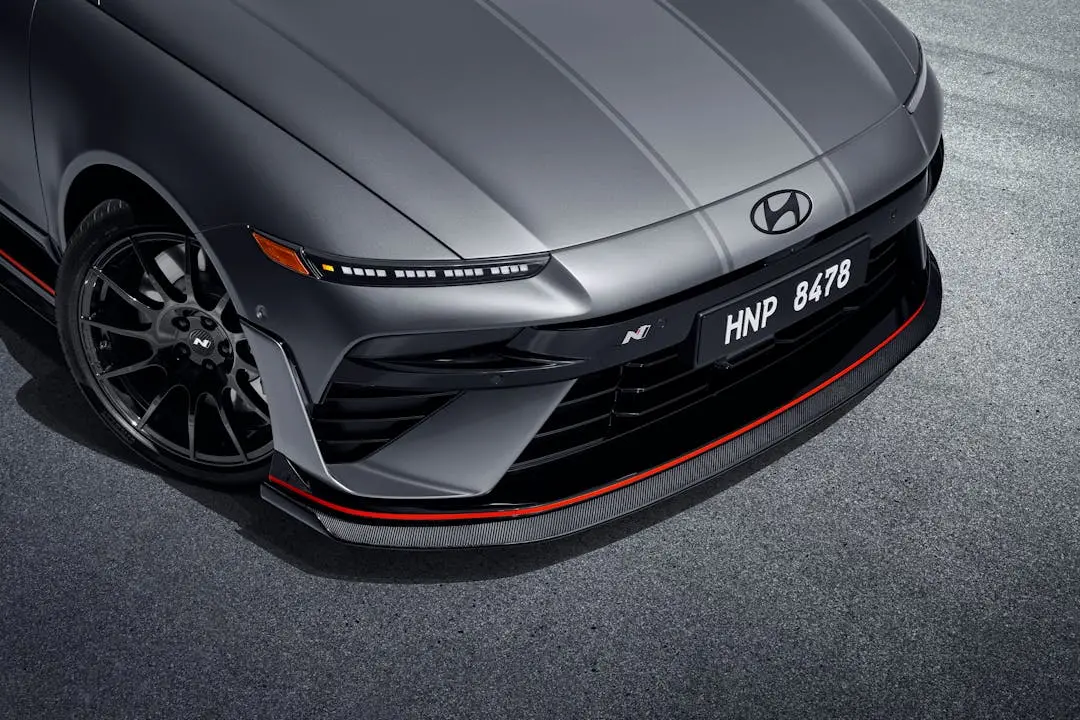
Have you ever wondered how electric vehicles (EVs) operate? Instead of relying on gasoline, these cars run on electricity. Let’s explore the fascinating world of EVs and break down how they work.
Battery Pack: The Heart of an EV
The first thing to know is that every EV has a battery pack. This pack is usually made up of lithium-ion cells, which store electrical energy. The bigger the battery, the further you can drive before needing a recharge. Isn’t it cool to think that these batteries power the future of driving?
Electric Motor: Powering the Wheels
EVs use an electric motor instead of a traditional engine. This motor transforms the electrical energy from the battery into movement. Think of it like a blender, where electricity mixes the “ingredients” to create action. Electric motors can be AC or DC, but they all serve the same purpose: getting you moving smoothly.
Power Electronics: The Inverter Role
Here’s something interesting: the electricity stored in the battery is direct current (DC). Most electric motors, however, need alternating current (AC). This is where the inverter comes in. It transforms DC to AC, allowing your car to glide down the road.
Transmissions and Performance
Have you ever thought about gear shifts in cars? In EVs, things are simpler. Most use a single-speed transmission. Why? Because electric motors provide instant torque. This means smoother acceleration and a more enjoyable driving experience!
Regenerative Braking: Saving Energy
Imagine you’re driving downhill. Instead of wasting that energy, EVs use a system called regenerative braking. When you brake, the electric motor acts like a generator. It converts your car’s motion back into electricity to recharge the battery. This little trick not only saves energy but also extends your driving range!
Charging Your Electric Vehicle
Now, how do you recharge an EV? You connect it to a power source. There are several ways to do this:
- Level 1 Charging: This is the slowest method, using a regular household outlet. It’s perfect for overnight charging.
- Level 2 Charging: A bit faster, using specialized charging stations. Great for homes and public areas.
- DC Fast Charging: The quickest option, perfect for road trips. You can get a substantial charge in just minutes!
Onboard Charger: Converting Power
When you plug your EV in, the onboard charger converts AC power from the wall into DC power. This is what charges the battery. Fast charging skips the onboard converter for efficiency. Think of it as getting a direct stream of electricity!
Control Systems and Efficiency
Modern EVs come with control systems that manage everything from the battery to the motor. These systems ensure everything runs smoothly and safely. They even monitor battery health! It’s like having a very smart assistant keeping an eye on your car.
Thermal Management: Keeping It Cool
Did you know batteries can get hot during use? That’s where the thermal management system comes into play. It cools the battery and motor to prevent overheating. Just like how you need a fan on a hot day, your EV needs to keep cool for optimal performance!
Advantages of Electric Vehicles
Why should you consider an EV? They come with fantastic perks:
- No Tailpipe Emissions: This means cleaner air for everyone!
- Energy Efficiency: Electric motors use energy better than gasoline engines.
- Lower Operating Costs: Gas prices keep rising, but electricity is cheaper. You’ll save money!
- Quiet Operation: EVs are silent, making for a peaceful ride.
See also: A Complete Guide to Charging Your EV at Home
Challenges Ahead
Of course, EVs aren’t perfect. You might face some challenges:
- Range Anxiety: How far can you go before needing a charge? It’s getting better, but still a concern.
- Charging Time: It takes longer to charge than filling up with gas. Fast chargers help, though!
- Battery Costs: Batteries are pricey, but prices are falling.
- Infrastructure: Not as many charging stations as gas stations, but more are being built.
Conclusion
Electric vehicles represent a new wave of transportation. Understanding how they work can help you appreciate their technology. From battery packs to electric motors, every component plays a role in creating a cleaner and more efficient driving experience. So, are you ready to explore the world of EVs further?
Leave a Reply